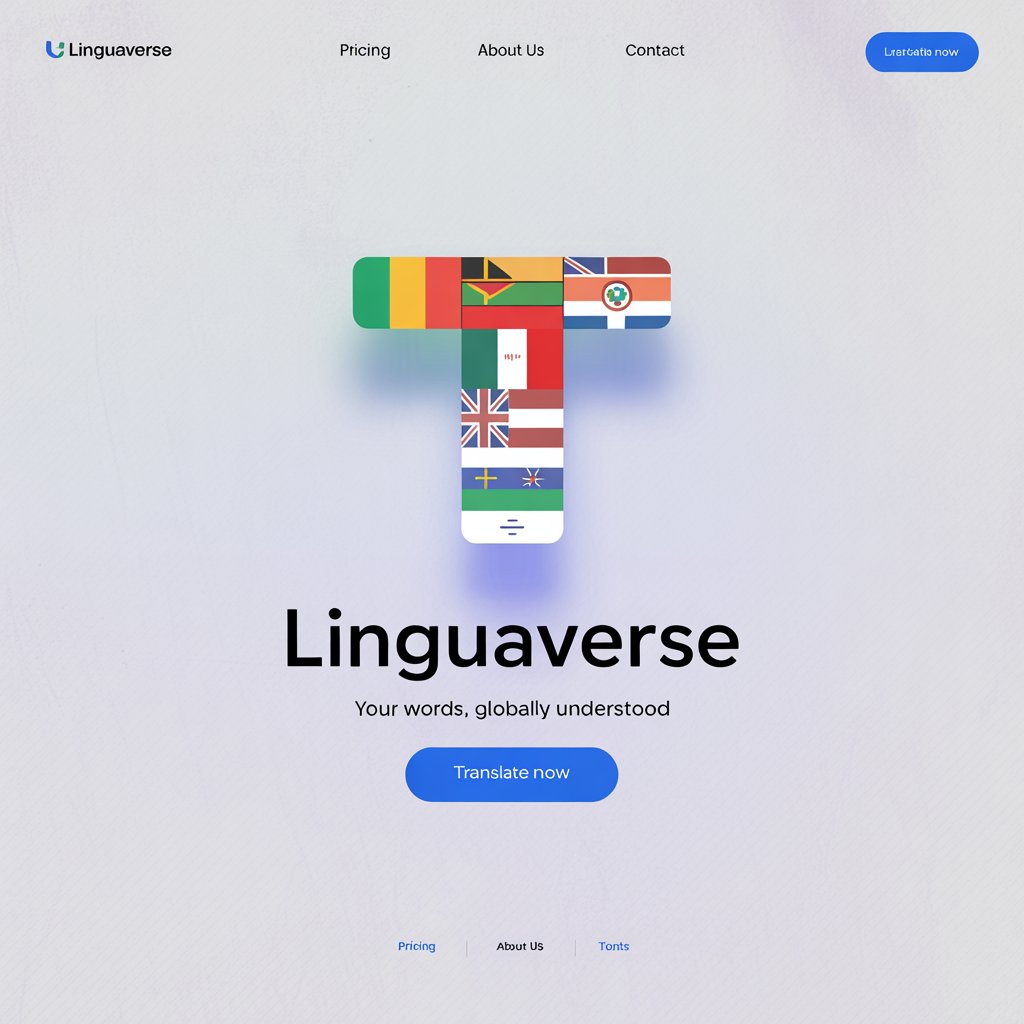Introduction: A Universal Call to Our Feline Friends
There’s something magical about the moment you call a cat. Whether it’s a soft “here, kitty” or a playful whistle, the act transcends borders, connecting us to our feline companions in a language of love and curiosity. I remember my childhood cat, Luna, who would tilt her head at my clumsy attempts to mimic her meows. No matter how I called her, she’d saunter over with that signature feline swagger, as if to say, “I heard you, human, but I’ll come on my terms.” This simple act of calling a cat feels universal, yet the words we use are as diverse as the cultures we come from. Across the globe, from bustling cities to quiet villages, humans have crafted unique sounds and phrases to beckon their furry friends. Let’s embark on a journey to explore how we call a cat in different languages, uncovering the cultural threads that weave this universal bond.
Reference Table: Calling a Cat Across Languages
| Language | Word/Phrase | Cultural/Linguistic Insight |
|---|---|---|
| English | Kitty, here kitty | A gentle, affectionate call often used in Anglophone countries, evoking warmth and familiarity. |
| French | Minou, minou | Derived from “miaou” (meow), this term reflects the French love for poetic, melodic sounds. |
| Spanish | Misi, misi | A soft, repetitive call common in Spain and Latin America, mimicking a cat’s purr. |
| Italian | Micio, micio | A tender term, often used with a sing-song tone, reflecting Italy’s affection for cats. |
| German | Miez, miez | Short and sharp, this call aligns with German’s concise linguistic style. |
| Mandarin | Mī mī | Mimics the sound of a cat’s meow, showing Chinese onomatopoeia’s role in language. |
| Hindi | Billi, billi | A direct reference to “cat,” often said playfully to attract attention in India. |
| Japanese | Neko, neko | A straightforward call meaning “cat,” often paired with gestures in Japan. |
| Korean | Go-yang-i | A formal term for “cat,” used with a soft tone to coax felines in South Korea. |
| Arabic | Biss, biss | A hissing sound mimicking a cat’s call, widely used across Arabic-speaking countries. |
| Swahili | Paka, paka | A direct term for “cat,” used in East Africa with a rhythmic, inviting tone. |
| Zulu | Ikati | A straightforward call, reflecting the Zulu language’s emphasis on clarity. |
| Yoruba | Ologbo | A term for “cat,” often used in Nigeria with a warm, inviting inflection. |
| Maori | Ngeru | Used in New Zealand, this term reflects the Maori’s deep connection to animals. |
| Hawaiian | Popoki | A playful term, often paired with gestures, symbolizing Hawaii’s relaxed island culture. |
European Languages: A Symphony of Cat Calls
In Europe, calling a cat is an art form, steeped in linguistic charm and cultural nuance. In French, “minou, minou” rolls off the tongue like a lullaby, derived from the onomatopoeic “miaou” for a cat’s meow. It’s no surprise that France, with its cat cafés and literary love for felines, uses such a melodic call. In Spain and Latin America, “misi, misi” is a soft, repetitive beckoning, evoking the gentle purr of a content cat. This term is especially popular in rural areas, where cats roam freely. Italians, known for their expressive language, call out “micio, micio” with a sing-song tone, reflecting their cultural adoration for cats as symbols of independence. In Germany, “miez, miez” is crisp and direct, aligning with the language’s efficiency, yet it carries a warmth that invites feline curiosity. Across these regions, cats are often seen as companions of artists and thinkers, their calls reflecting both affection and respect for their enigmatic nature.
Asian Languages: Diverse Voices, One Feline Bond
Asia’s linguistic diversity shines through in how cats are called. In Mandarin, “mī mī” mimics the sound of a cat’s meow, a playful onomatopoeia used across China’s bustling cities and quiet countryside. In Hindi, spoken in India, “billi, billi” is a direct yet affectionate call, often paired with a clap or whistle to catch a stray’s attention. Japanese speakers use “neko, neko,” a simple term meaning “cat,” often accompanied by a beckoning gesture, reflecting Japan’s cultural reverence for cats as symbols of luck (think maneki-neko). In Korean, “go-yang-i” is used with a soft, coaxing tone, aligning with South Korea’s growing pet culture. In Arabic-speaking countries like Egypt, Morocco, and Saudi Arabia—over 20 nations in total—“biss, biss” is a universal call, its hissing sound mimicking a cat’s own voice. This diversity reflects Asia’s vast cultural tapestry, yet the shared love for cats unites these regions in a common language of care.
African Languages: Rhythms of Feline Connection
Africa’s linguistic landscape is as vibrant as its cultures, and calling a cat reflects this richness. In Swahili, spoken across East African countries like Kenya, Tanzania, and Uganda, “paka, paka” is a rhythmic call that feels like a dance of words, inviting cats with its cadence. In Zulu, used in South Africa, “ikati” is direct and clear, often said with a warm tone to coax a cat from its hiding spot. Yoruba speakers in Nigeria call cats “ologbo,” a term that carries a sense of familiarity, as cats are often seen as household protectors. Across at least 20 African nations, from Ethiopia to Ghana, cats are valued for their independence and utility, often roaming villages to keep pests at bay. These calls, whether melodic or straightforward, reflect Africa’s deep respect for animals as part of the community.
Indigenous & Island Languages: Whispers of Tradition
In indigenous and island cultures, calling a cat is often tied to spiritual or communal traditions. In Maori, spoken in New Zealand, “ngeru” is used to summon cats, reflecting the culture’s reverence for animals as part of the natural world. In Hawaiian, “popoki” is a playful call, often used with a smile in the islands’ laid-back culture, where cats are beloved as companions. Cherokee speakers in North America use “wesa,” a term that carries a sense of respect for cats as independent beings. In Samoa, “pose” is used with a gentle tone, aligning with the island’s communal values. Across at least 20 indigenous and island communities, from the Pacific Islands to Native American tribes, these calls highlight cats as symbols of resilience and mystery, often woven into folklore and storytelling.
Cultural Insights: The Evolution of Calling a Cat
The act of calling a cat has deep historical roots. In ancient Egypt, cats were revered as sacred, and their name, “miw,” was likely whispered in temples. This reverence spread across the Mediterranean, influencing European terms like “micio” and “minou.” In Asia, cats became symbols of luck and protection, with calls like “neko” and “mī mī” reflecting their cultural significance. Over time, these words evolved, shaped by trade, migration, and storytelling. In many cultures, calling a cat is more than a practical act—it’s a ritual of connection, rooted in traditions of respect, affection, or even superstition. For example, in Japan, the maneki-neko statue beckons good fortune, mirroring the human act of calling a cat. This evolution underscores the universal bond between humans and cats, transcending time and borders.
Proverbs and Sayings: Feline Wisdom Across Cultures
Cats inspire wisdom worldwide, reflected in proverbs and sayings:
- English: “Curiosity killed the cat, but satisfaction brought it back.” Emphasizes the balance of exploration and caution.
- Japanese: “A cat that catches mice doesn’t need a bell.” Highlights efficiency and independence.
- Arabic: “A cat’s eyes see in the dark.” Symbolizes intuition and mystery in Middle Eastern cultures.
- Swahili: “Paka akiondoka, panya hutawala.” (“When the cat is away, the mice will play.”) A universal warning about vigilance.
- Hindi: “Billi ke sapne mein chuhe.” (“A cat dreams of mice.”) Reflects ambition and focus in Indian culture. These sayings reveal how cats are woven into cultural narratives, embodying traits like curiosity, independence, and cunning.
FAQs: Unraveling the Mystery of Calling Cats
Why do cat calls sound similar across languages? Many terms, like “misi,” “micio,” or “mī mī,” are onomatopoeic, mimicking a cat’s meow or purr, which is universal across feline vocalizations.
What’s the oldest known word for calling a cat? The ancient Egyptian “miw” is one of the earliest recorded terms, used over 4,000 years ago, reflecting cats’ sacred status.
How do cultural differences shape these calls? In individualistic cultures like Germany, calls are direct (“miez”), while in communal cultures like Hawaii, they’re playful (“popoki”), reflecting societal values.
Are there gestures associated with calling cats? Yes, clapping, finger-snapping, or hand gestures are common globally, especially in Japan and India, to complement verbal calls.
Conclusion: The Universal Language of Cats
Calling a cat is more than a simple act—it’s a bridge across cultures, a shared expression of affection and curiosity. From the melodic “minou” in France to the rhythmic “paka” in Swahili, each call carries the weight of tradition, history, and love. Cats, with their enigmatic charm, remind us of our shared humanity, no matter the language we speak. So, next time you call your feline friend, think of the millions worldwide doing the same, each in their unique way. What’s your favorite way to call a cat? Share your story in the comments below, and let’s celebrate the universal language of our furry companions!




